The Mercedes-Benz S-Class will receive a new AMG-developed, twin-turbocharged V8 petrol engine next year as part of the most ambitious roll out of high-tech power units in the German manufacturer’s history.
The four new engines are equipped with clever technology aimed at enhancing performance, improving fuel economy and slashing emissions. Modular components across the engines, including a standard 500cc cylinder displacement, help to improve economies of scale.
The new V8, codenamed M176, will be introduced in the luxury saloon in the middle of 2017. Exact performance figures aren’t available but Mercedes claims the new V8 produces more than 470bhp and maximum torque of approximately 516lb ft at 2000rpm. The powerplant will replace the existing M278 V8, which produces 449bhp and 516lb ft in the S500.
The new engine, produced at the Untertürkheim plant in Stuttgart, will consume at least 10% less fuel than its predecessor. The gain comes from its smaller displacement, down from 4663cc to 3982cc, and a cylinder deactivation system that effectively turns it the V8 into a four-cylinder engine under partial throttle loads.
Lessons learned from the V8 engines fitted to the Mercedes-AMG GT (M178) and Mercedes-AMG C 63 (M177) have been incorporated into the build of the M176, such as the turbochargers mounted in between the cylinder banks, a so-called ‘hot inner V’ formation. This alone has resulted in a power gain of 5% over the M278 engine.
Cylinder shutoff can activate when the engine is turning between 900-3250rpm providing Comfort or Economy driving mode is engaged - the engine remains a V8 if Sport mode is active. Cylinders 2, 3, 5 and 8 are deactivated, and can be reinstated in milliseconds should the driver press the accelerator. An indicator on the main instrument cluster shows whether the engine is in four- or eight-cylinder mode.
The four new engines are part of a £2.7bn investment by Mercedes that began with the introduction of the latest four-cylinder diesel (OM654) in the E-Class 220d earlier this year. The units have been developed at Mercedes’ new Powertrain Integration Centre in Sindelfingen, Germany.
The investment is proof that Mercedes-Benz continues to regard the internal combustion engine as a vital part of its future, said R&D boss Thomas Weber: “The optimisation of advanced high-tech engines plays a key role in our road map towards sustainable mobility.
“For the mobility of the future, we are deliberately not committing ourselves to one solitary form of drive system, but to a coexistence of efficient and clean petrol engines, diesels, plug-in hybrids, battery and hydrogen drive systems.
“High-tech engines and electrification are not in competition with each other. On the contrary: they complement each other perfectly in many applications.”
Six-cylinder inline petrol with 48V system
The S-Class will also receive a new six-cylinder inline petrol engine (codenamed M256) during 2017.
It’s the first engine that Mercedes has designed for electrification from the outset, and is intended as a flagship for a philosophy of mild hybridisation that will underpin the new engine family and ensure the German company can meet stringent economy and emissions rules.
The new engine has an a 48V electrical system which serves not only the car’s high power consumers, such as the water pump and air-conditioning compressor, but also an Integrated Starter-Alternator (ISG) and electric auxiliary compressor (eZV), which combine to produce a power boost that negates turbo lag.
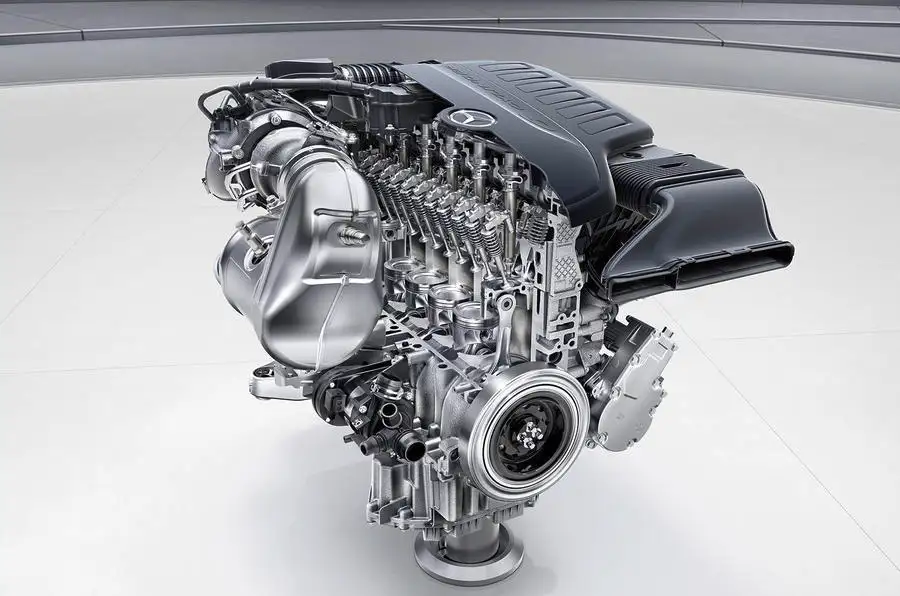
The claim from Mercedes is that the engine offers the performance of an eight-cylinder engine but emissions and economy that are closer to a four-cylinder unit, in addition to providing refinement of a six-cylinder.
Power output and torque are approximately 402bhp and 369lb ft respectively compared with the 328bhp and 354lb ft of the outgoing M276 V6. CO2 emissions have been reduced by around 15% and, like the new V8, a petrol particulate filter will be fitted to trap soot particles. The filter will be gradually introduced in other new and facelifted vehicle models and new engine generations.
Although inline six-cylinder engines are seen as unfashionable, Mercedes believes the layout offers packaging advantages when combined with the 48V electric system and ISG. The absence of a belt drive makes the engine shorter, and there’s space for ancillary components to be sited on either side of the inline cylinder configuration.
Six-cylinder inline diesel with 308bhp
Another new engine is a six-cylinder inline diesel (codenamed OM656), which is the most powerful passenger car diesel engine ever to be built by the company and will sit at the top of its diesel line-up. Power has increased to 308bhp from the 254bhp of the outgoing V6 diesel but the engine uses 7% less fuel.
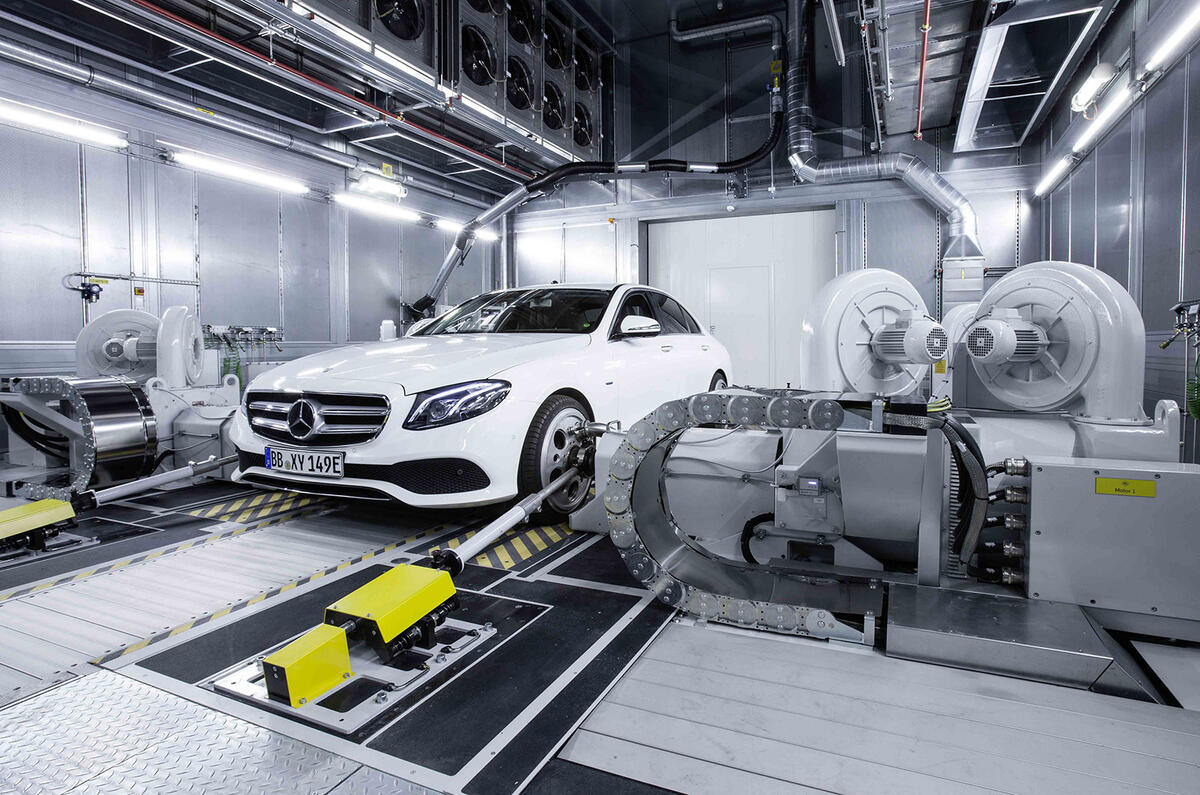
This unit incorporates a host of technology to boost efficiency and power delivery, such as a stepped-bowl combustion process, two-stage exhaust turbocharging and, for the first time, the use of ‘Camtronic’ variable valve timing.
Its design features a combination of aluminium engine block and steel pistons as well the use of Nanoslide - an extremely thin, low-friction coating of the cylinder walls, two measures that reduce friction. The engine also uses multi-way exhaust gas recirculation and a near-engine exhaust aftertreatment.
Four-cylinder petrol with 134bhp per litre
The fourth engine in the roll-out is a two-litre inline four-cylinder petrol (M264), which Mercedes claims has a specific output of around 134bhp.
The engine’s special features include twin-scroll turbochargers which merge the exhaust gas ducts of cylinder pairs in the flow-optimised manifold. This turbocharging concept with systematic cylinder flow separation produces high torque in the low-rpm range together with high specific output.
The engine also has a belt-driven 48V starter-alternator (BSA) that is responsible for for fuel-saving hybrid functions such as energy recovery and provides an engine speed boost at low revs.
Merc's engine tech at a glance
48V electrical system
Supplies four times the power of a 12V system at the same current, and can power both new devices such as the electric auxiliary compressor (eZV) and existing ones like the aircon compressor.
Petrol particulate filter
More commonly found on diesels, Mercedes has used a particulate filter on the S500 for two years and will fit it to the M256 and M176 petrol engines. The PPF is made of a material called cordierite, known for heat resistance properties.
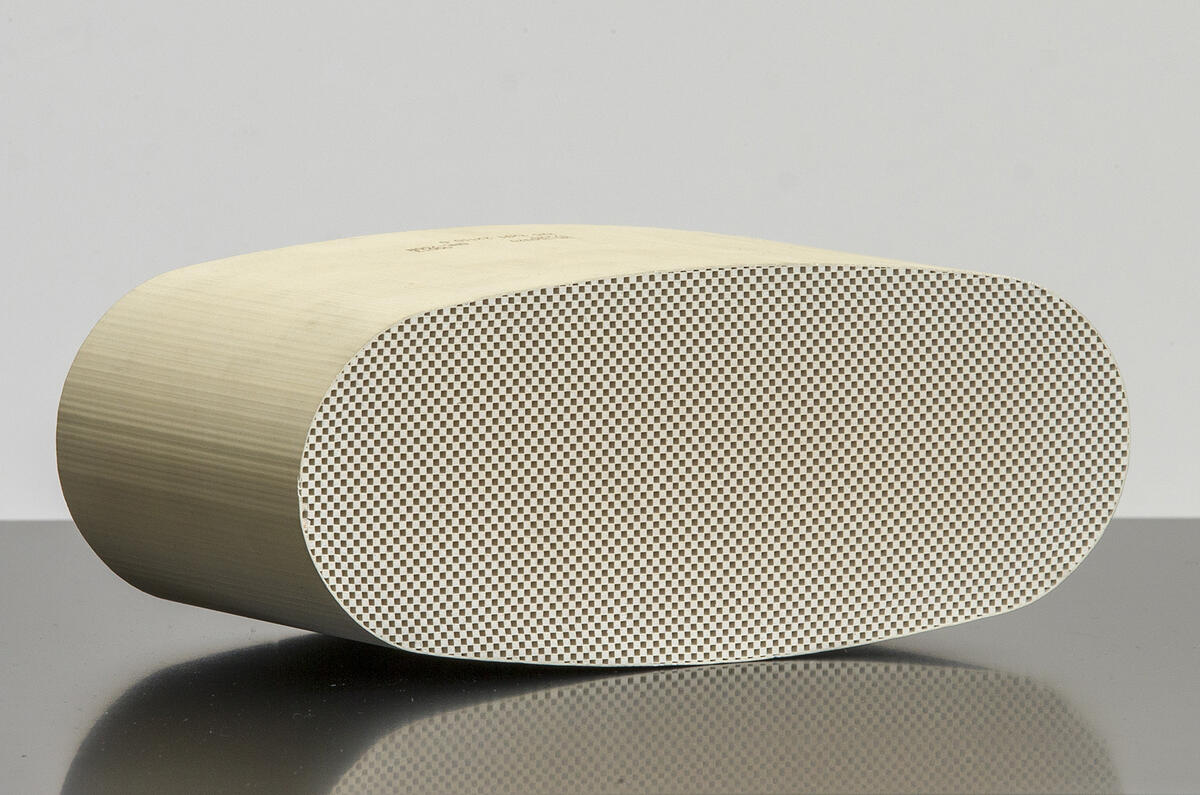
Electric auxiliary compressor
Works like a small turbocharger, spinning up to 70,000rpm in 300 milliseconds and delivering pressurised air to the engine, in doing so eliminating the sensation of turbo lag under acceleration.
Integrated Starter-Alternator
Combines starter and alternator into one electric machine driven directly by the crankshaft, rather than by a belt. Combined with the 48V electrical system, the ISG can bring the engine to idle speed smoothly.
Multi-way exhaust gas recirculation
Cooled high-pressure and low-pressure EGR systems reduce the formation of both nitrogen oxides and particulates prior to the exhaust gas undergoing aftertreatment.

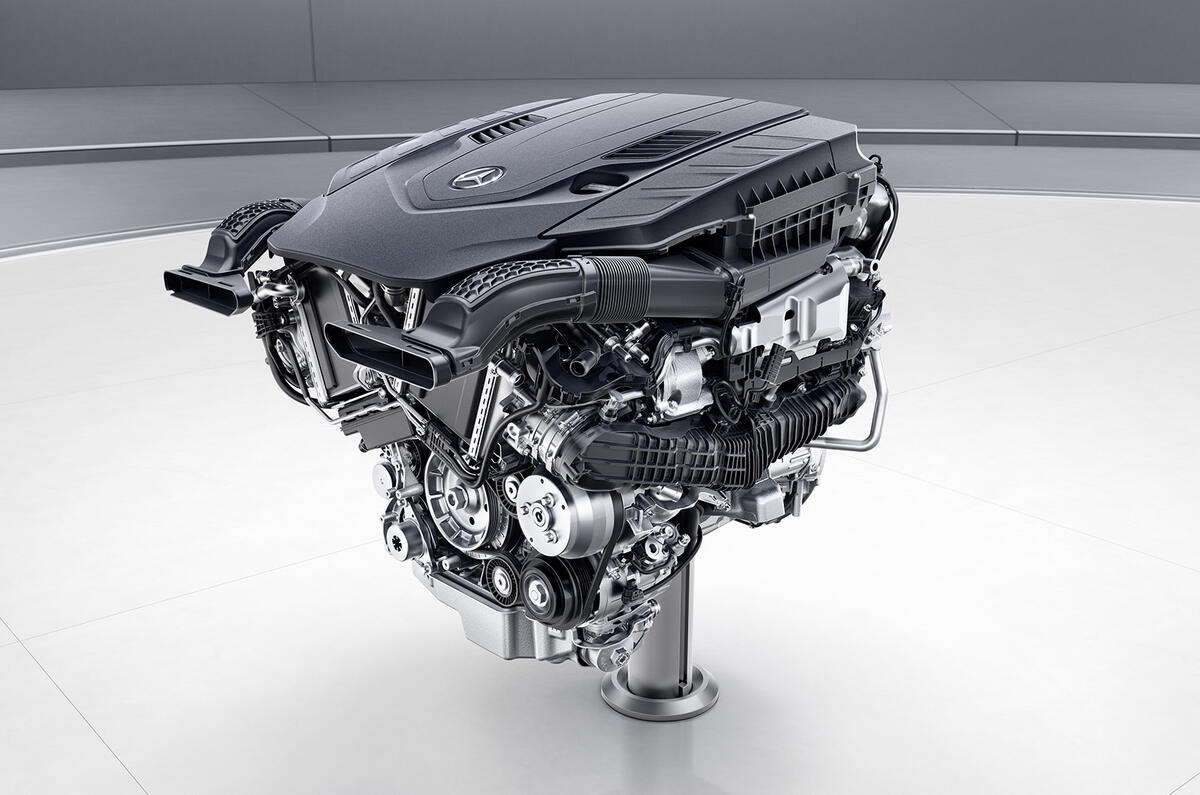
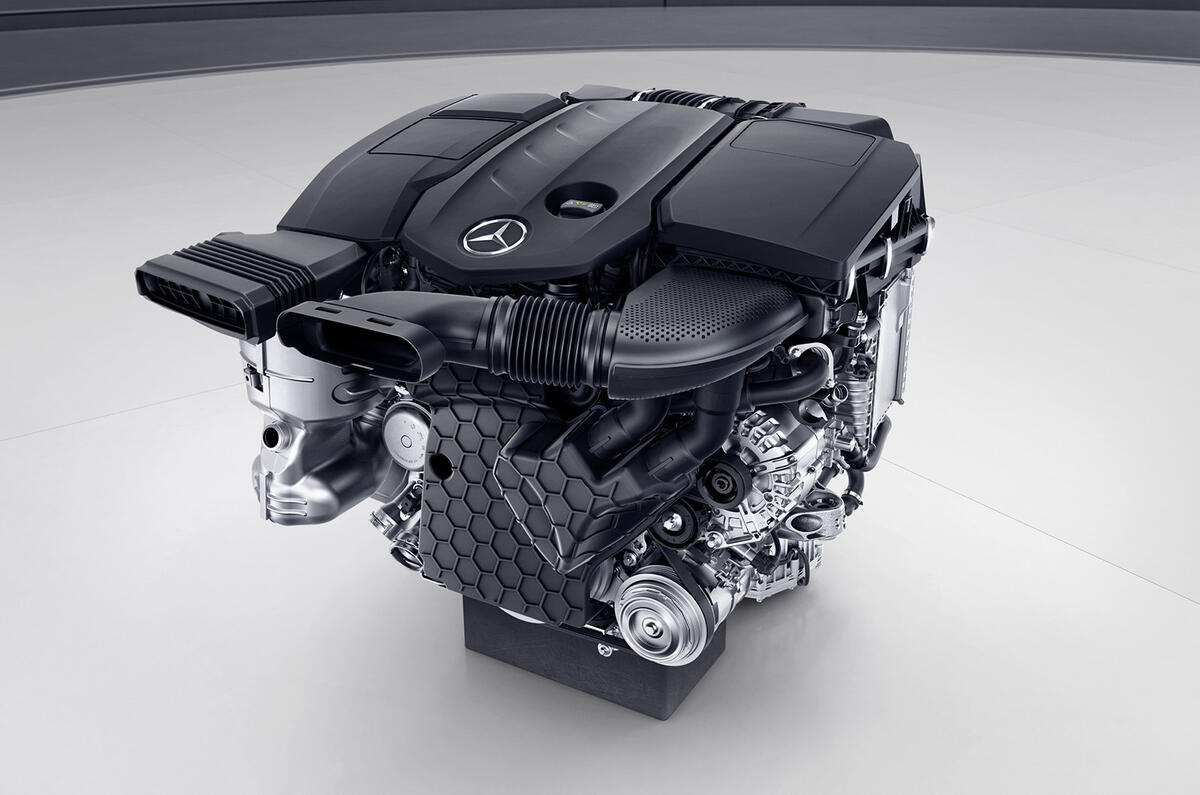

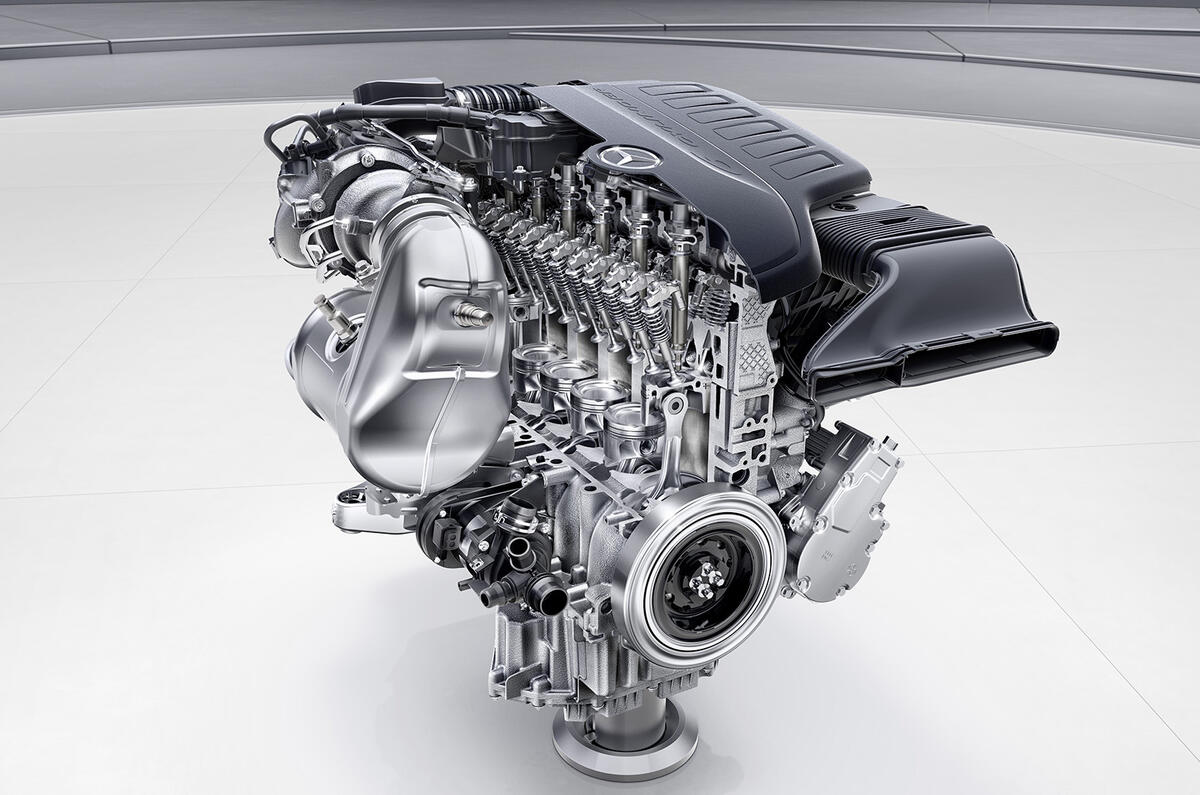
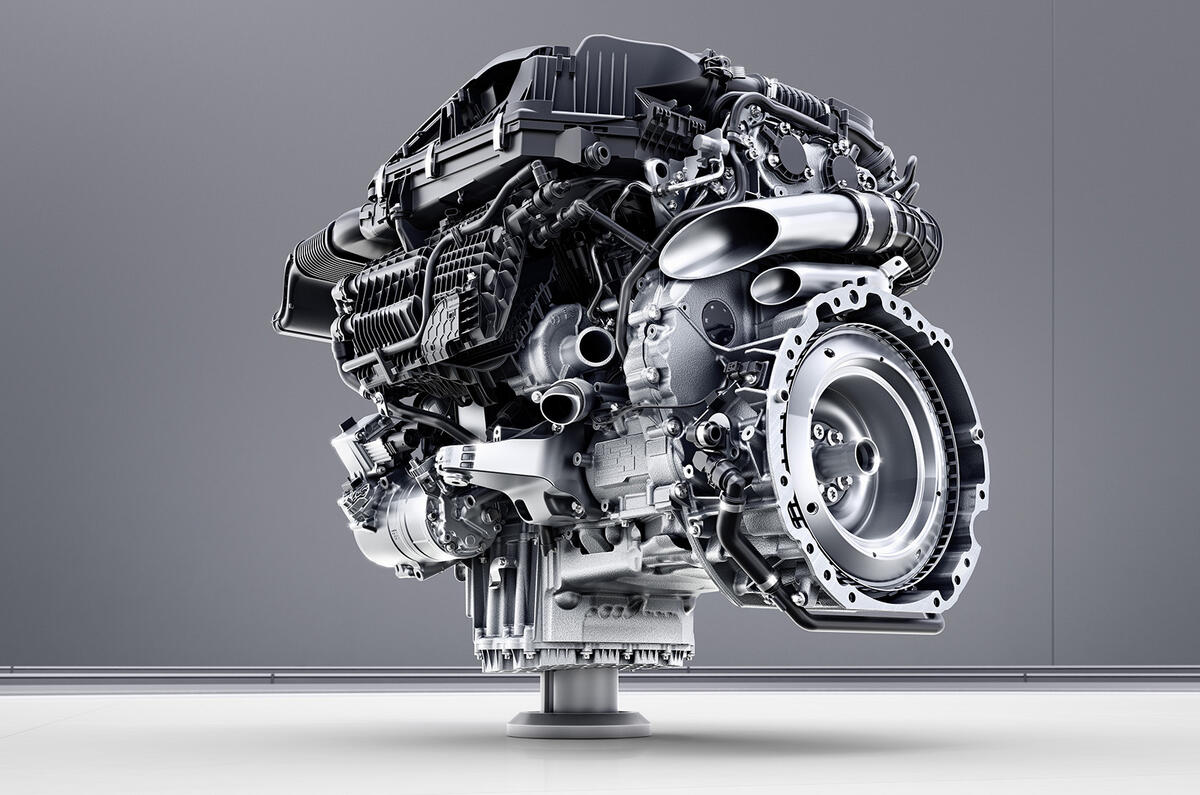

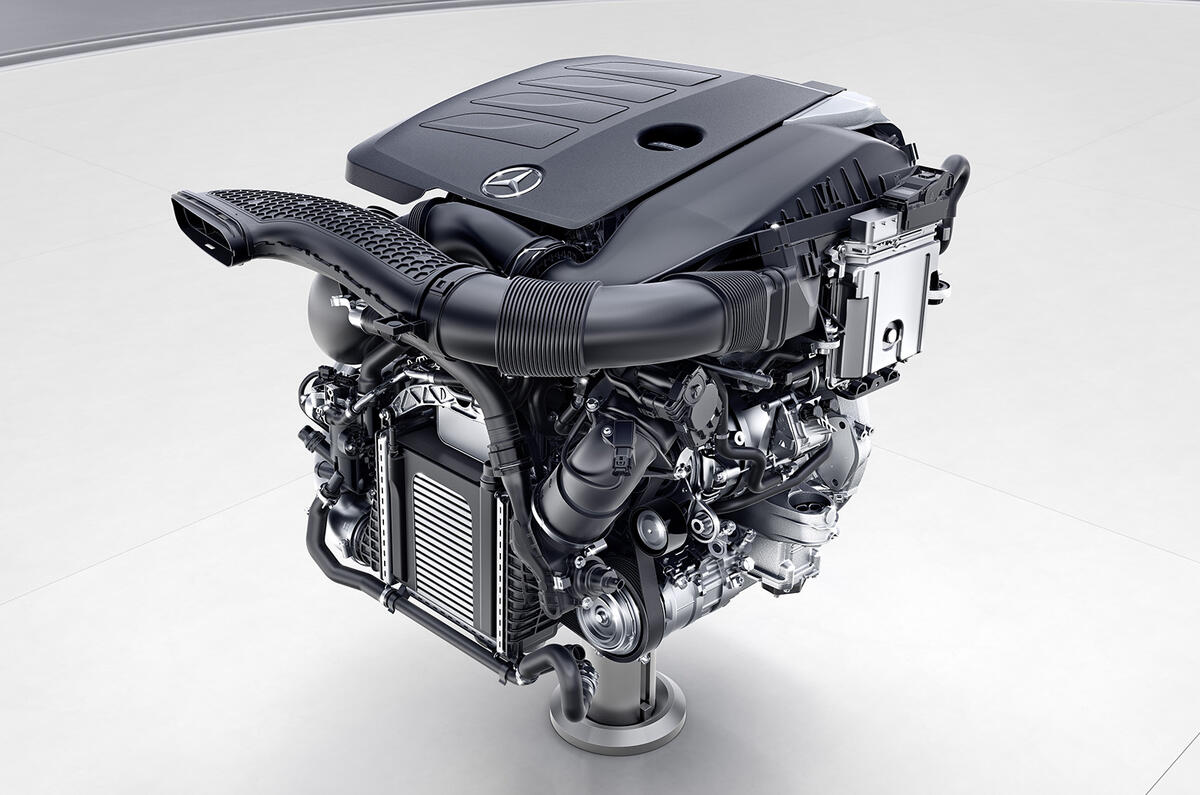
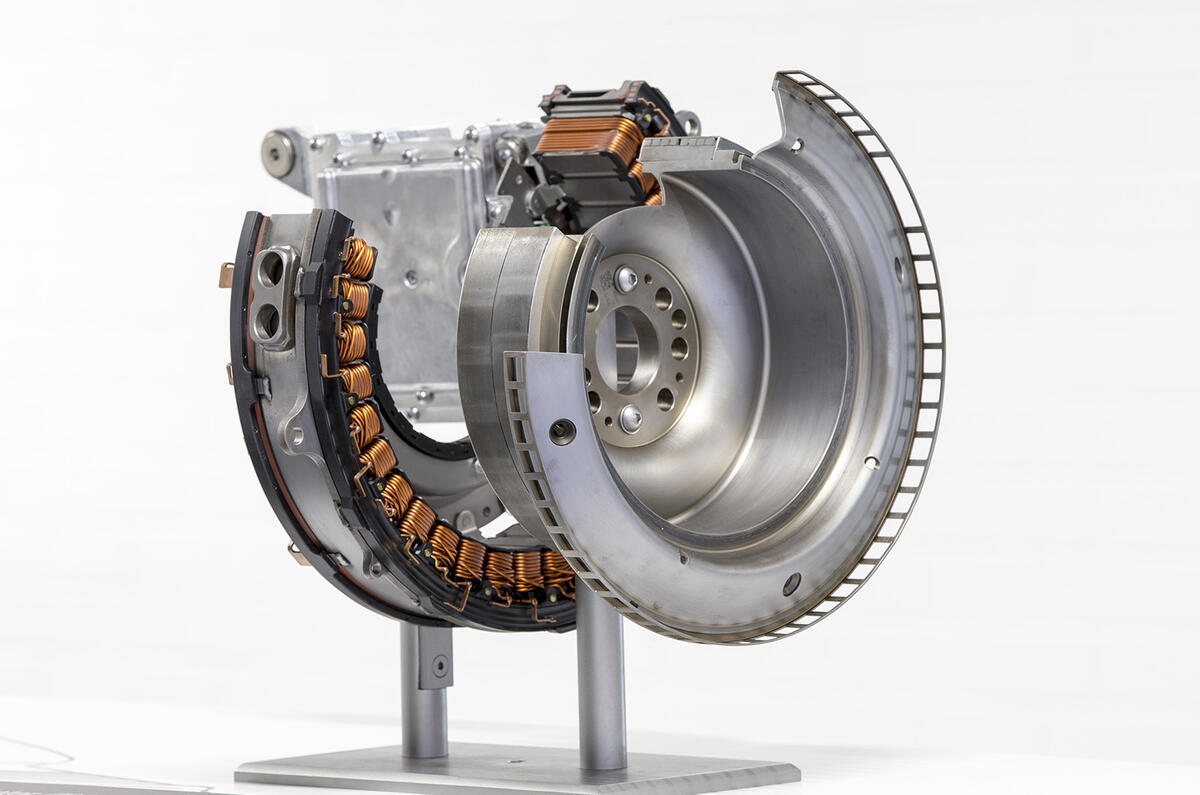

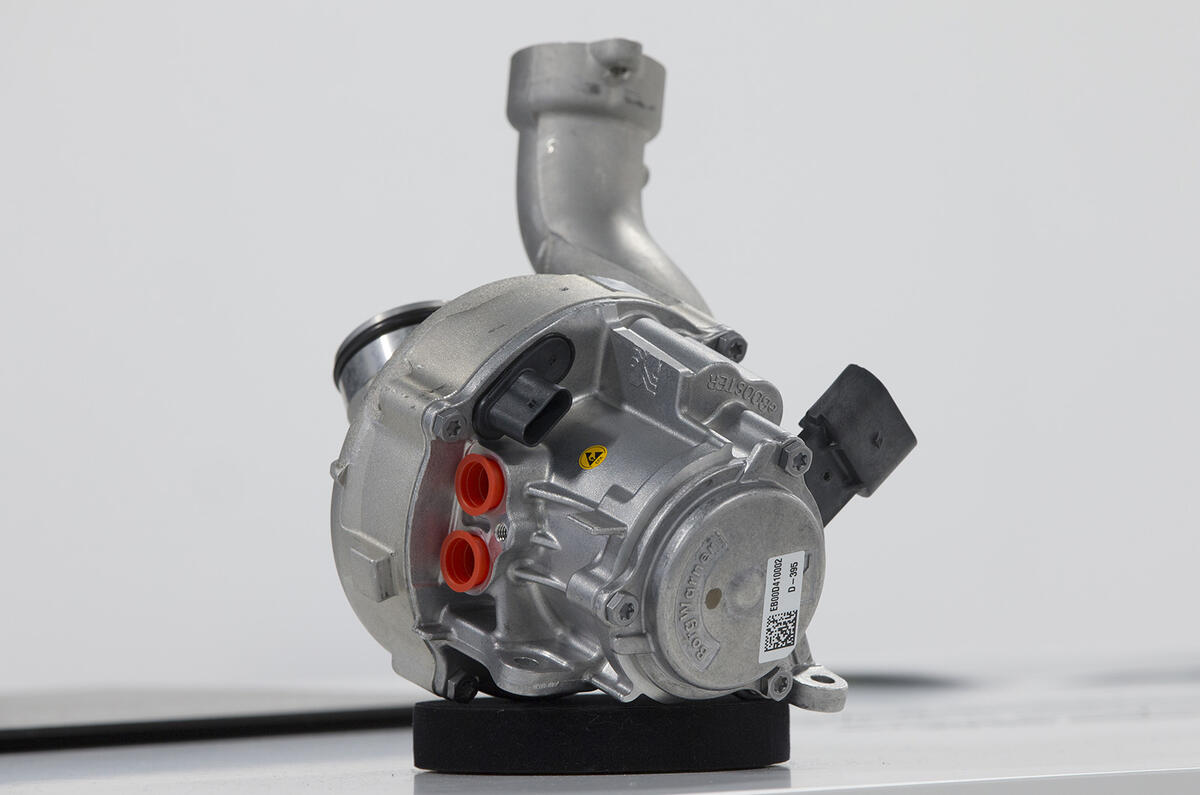
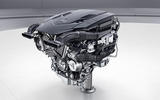
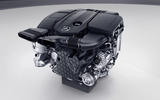
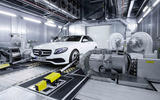
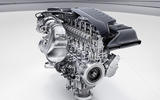
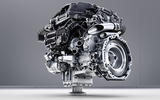
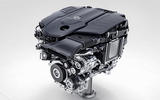

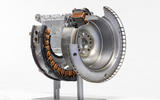
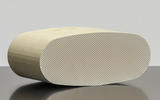
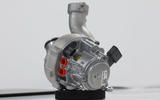


Join the debate
Add your comment
.
Surely you mean BILLION, not million, right?
I'd imagine that that investment was £2.7 billion, not million.
Coming to an Aston near us soon ??